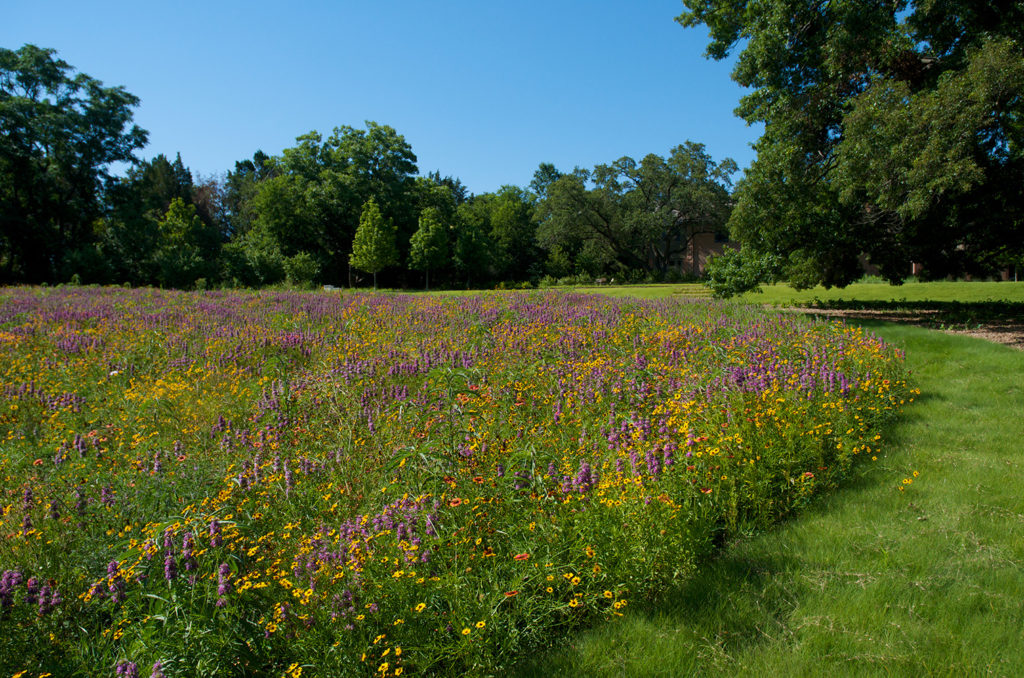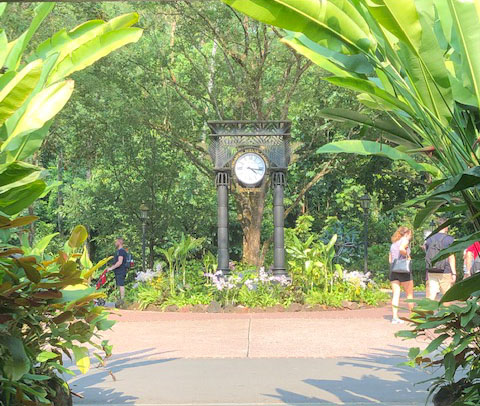Heidi’s Syndrome is known also as ‘nature-deficit disorder’; a term coined by an American author and activist Richard Louv to describe “the psychological, physical and cognitive costs of human alienation from nature, particularly for children in their vulnerable developing years.” While it is not a formal diagnosis, it reflects a medical jargon that is weaving Read More
Category: Neurolandscape
Neuromyths in education
If you’ve ever played the Chinese whispers game, you know it that the original message gets distorted by the time it reaches the final player with often hilarious effects. However, when it comes to research and neuroscience, the result of passing on information through various persons may not be as funny and innocent as an Read More
Book review of “Shinrin-yoku” by Qing Li
It’s time to review a book that you might gladly keep on the bookshelf as a reminder of the important lesson it teaches about the magic of trees – the hardback edition of “Shinrin-yoku. The Art and Science of Forest-Bathing” written by the very man who could be considered the founding father of the movement, Read More
Maintenance of green in the city and health
Different initiatives undertaken by the urban authorities can contribute to the improvement of urban dweller’s contact with nature and the nature exposure These include: Leaving unmowed areas in the urban green spaces, for developing a small ecosystems for flora & fauna, (urban meadows) Promoting the spontaneous habitat creation Leaving the fallen leaves on the ground Read More
April – the World Landscape Architecture Month by ASLA
When I went to my first scientific conference, as a PhD candidate, I was surprised that the main topic of the post-conference discussion was about “what is the landscape architecture?”. For more than 1 hour landscape architects (teachers, academics, and proffessionals) were discussing vividly about what it is that what they do. I found it Read More
WHO to fund a systematic review about blue spaces and health
In our ongoing collaboration with the EKLIPSE mechanism, together with Expert Working Group from different European countries and representing various disciplines, we are trying to answer the question: Which types and components of urban and peri-urban blue / green spaces have a significant impact on human mental health and mental well-being? EKLIPSE is project funded Read More
Follow the awakening in urban green spaces for health!
Our newest publication XSection Journal features the process of evolution in perception of urban green spaces in terms of the health benefits they can deliver, through a popular “expanding brain meme. Check out this short article and how to interpret the image here: https://www.xsectionjournal.com/edition-8/2018/11/22/generations-of-urban-green-for-health-dr-agnieszka-olszewska-guizzo
RIVER. A powerful landscape component restoring the human nervous system.
The more we know about the interactions between the landscape and human nervous system the better we can plan and design our living environments to serve our health. With water being the essential component of any form of life, it is not surprising that it also influence our psychophysiological response, even if we are just Read More
A landscape architect’s experience of Chelsea Flower Show 2018 (PART_4)
These three very special gardens of the Chelseas Flower Show 2018, were featured this year on the NeuroLandscape blog: Feel good garden Morgan Stanley garden Lemon Tree Garden They are a great source of information and inspiration on how to create healthy space through the landscape design, right selection of plants, materials, textures and shapes. Read More
NeuroURBANISM, NeuroARCHITECTURE, NeuroLANDSCAPE!
Many aspects of our lives are far more interlinked than we normally imagine. Breakthroughs in neuroscience have made these links even more sensible than ever. Read more at the practical design and construction site Houzz, how nouroarchitecture can look like in practice. Photo credits: #Houzz









